Livingstone - Healthy Intelligent Training: The Proven Principles of Arthur Lydiard
Here you can read online Livingstone - Healthy Intelligent Training: The Proven Principles of Arthur Lydiard full text of the book (entire story) in english for free. Download pdf and epub, get meaning, cover and reviews about this ebook. City: Aachen, year: 2012, publisher: Meyer & Meyer Sport, genre: Home and family. Description of the work, (preface) as well as reviews are available. Best literature library LitArk.com created for fans of good reading and offers a wide selection of genres:
Romance novel
Science fiction
Adventure
Detective
Science
History
Home and family
Prose
Art
Politics
Computer
Non-fiction
Religion
Business
Children
Humor
Choose a favorite category and find really read worthwhile books. Enjoy immersion in the world of imagination, feel the emotions of the characters or learn something new for yourself, make an fascinating discovery.
- Book:Healthy Intelligent Training: The Proven Principles of Arthur Lydiard
- Author:
- Publisher:Meyer & Meyer Sport
- Genre:
- Year:2012
- City:Aachen
- Rating:3 / 5
- Favourites:Add to favourites
- Your mark:
Healthy Intelligent Training: The Proven Principles of Arthur Lydiard: summary, description and annotation
We offer to read an annotation, description, summary or preface (depends on what the author of the book "Healthy Intelligent Training: The Proven Principles of Arthur Lydiard" wrote himself). If you haven't found the necessary information about the book — write in the comments, we will try to find it.
Heart Rate and Training Zones SimplifiedHow the Cardiovascular System Changes; Training by Heart Rate; Establishing Maximal Heart Rate; Establishing VO2 Max Heart Rate; Establishing Anaerobic Threshold Heart Rate; Establishing Your Resting Heart Rate; Establishing Your Heart Rate Reserve; Establishing Your Training Intensities; Heart Rate Monitor Tricks; Nic Bideau on Heart Rate; Cardiac Drift; Aerobic Runs; Training Terms; Steady Stuff; Sub-Threshold Runs; Threshold Runs; How Lactic Acid Builds Up Exponentially Above Threshold Speed.
Relating Running Speeds to Threshold Running SpeedRelating Running Speeds to VO2 Max Running Speed; Fast Stuff; VO2 Max Intervals; Glycolytic (Lactic) Repetitions; Leg-Speed Drills; Types of Anaerobic Exercises; 1. Alactic Exercise; 2. Glycolytic (or Lactic Exercise); 3. VO2 Max Exercise; More on VO2 Max; Part 2 Complex Training Systems; Start with the End in Mind; Part 3 The Lydiard System Explained; First Things First - Your Training Diary; The Lydiard Endurance Base in Detail; Theres a Time and Place for Everything; Flexibility and Individuality; Train, Dont Strain.
Absorb Your TrainingRome Wasnt Built in a Day; Effort Runs; Learn About Your Body; Maintain Speed and Technique; Consistency with Variety; The Long Run: How it Increases Anaerobic Potential!; Base Running: Dos and Donts; Part 4 Recovery, Nutrition And Body Therapies; Recovery from Long Runs; Oiling the Machine; Female Athlete Triad; Maintaining the Chassis & Electricals; Podiatry; Massage Therapies; Chiropractic; Part 5 Hill Resistance Training Overview; Hill Training: Dos and Donts; Hill Training - The Lydiard Way; The Three Lydiard Hill Exercises; 1. Steep Hill Running.
2. Hill Bounding3. Hill Springing; Downhill Striding ; Wind Sprints; A Word of Caution Here; More Words of Caution; Alternatives; Part 6 The Anaerobic Training Phase Overview; Milk and Vinegar; How Gentle Aerobic Running Restores; Developing the Ability to Tolerate Oxygen Debt; What Exactly Is Fast?; Why Anaerobic Training Isnt Speed Training!; A Real Case History Of Speed Technique Success; The Fundamental Difference Between Middle Distance and Distance Running; How Peter Snell Trained for 1.44.3 on Grass in 1962; What Was the Physiology Again?; First Anaerobic Phase.
Multiple Long Intervals, Short Recovery, and VO2 Max Time Trials.
Healthy Intelligent Training is for all serious middle distance athletes and coaches. It is based on the proven principles of New Zealands Arthur Lydiard, the Runners World Coach of the Century, who trained a motley band of neighborhood kids into feared Olympic medalists, and kept on doing it, around the world. These principles have since guided athletes from many nations to world records and Olympic Gold medals. Now you can plan your own campaigns, and understand exactly what youre doing at every step. This book can be used and understood by everyone. A former national-level runner and.
Livingstone: author's other books
Who wrote Healthy Intelligent Training: The Proven Principles of Arthur Lydiard? Find out the surname, the name of the author of the book and a list of all author's works by series.

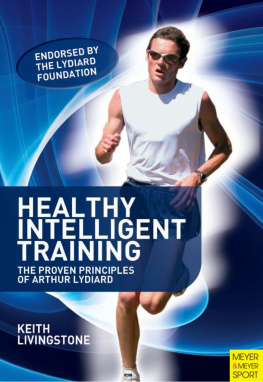
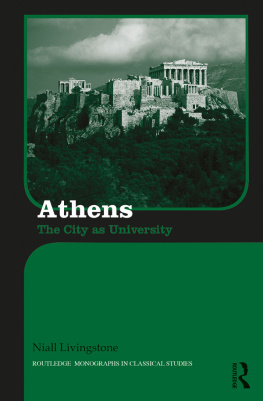

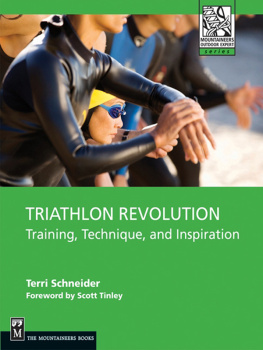
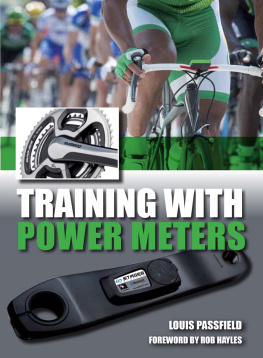
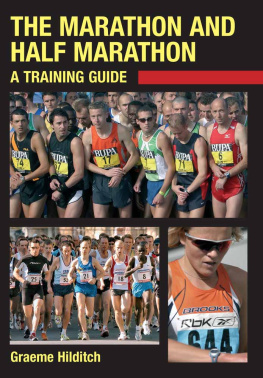
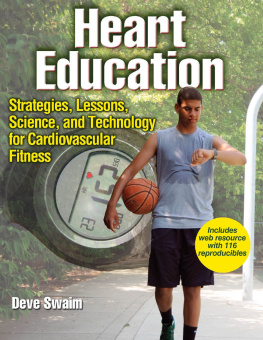
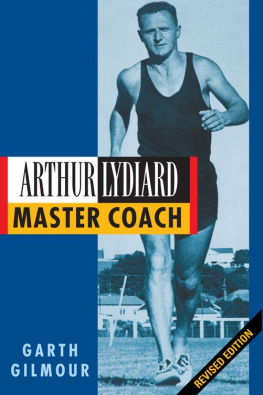
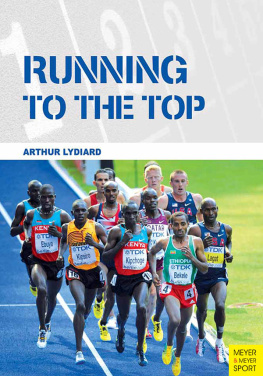

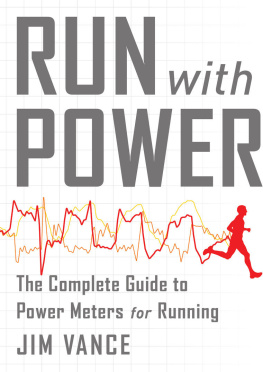
 Sports Publishers Association (WSPA)
Sports Publishers Association (WSPA)
